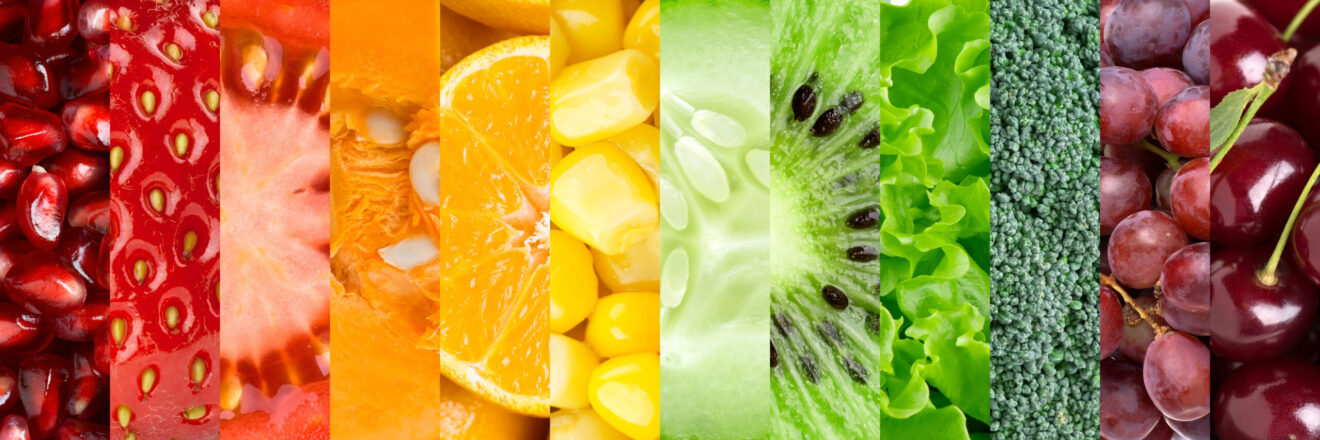This post is sponsored by Sonoco.
Consumer demand for fresh and natural snacks is on the rise, and the growing category offers opportunities for brands and retailers to meet the needs of today’s busy, health conscious consumers. In this interview, Marcy Thompson, corporate vice president of marketing and innovation for packaging company Sonoco Products Company, discusses what’s driving the trend, the critical role packaging plays in the fresh snack segment and how technology and e-commerce will shape the future of fresh snacking.
What is motivating the increasing demand for fresh and natural snacks, and what are consumers looking for when they shop for fresh snacks?
There are a number of factors influencing consumer decision making when it comes to evolving purchase behavior, especially as it relates to fresh and natural snacks. Certainly one of the key drivers is consumers across all demographics becoming more health conscious. When you combine that with an on-the-go lifestyle, and non-traditional eating times, you get great demand for fresh, healthy products that are easy to pick up, store and consume when the time is right.
How does the growing demand for fresh and natural snacks create an opportunity for brands and retailers, and how can they capitalize on this trend?
The current trends are creating great opportunities for nimble brands to develop unique products that satisfy the emotional and functional needs related to food consumption. Great, fresh, healthy foods that are easy to access and consume. More traditional brands in the processed foods space can pivot by reimagining their portfolio with new products to satisfy these needs. It’s also a great opportunity for ascending or micro-brands that might serve just a local or regional market. And we can’t forget about store brands. We’ve certainly seen private label getting more creative and aggressive in how they are thinking about their product lines, and how they can serve their customers. It’s really a bit of a misnomer to call these store brands or private label anymore, they are brands just like any other and they are competing for the same share of dollars. No matter the brand, creating products shoppers are looking for goes a long way to building brand loyalty and affinity.
What are some ways packaging can add value to fresh fruit and vegetables, and what factors does Sonoco consider when designing fresh food packaging?
One of the key ways is simply making fresh produce more accessible, and packaging can do that by extending freshness life. But there is more we can do on this front, especially in the area of reducing food waste, and it’s something Sonoco is getting heavily involved in from a technology standpoint. But simply by making fruits and vegetables easier to consume, making them more portable, helping with portion control, and making them part of a complete mini-meal by combining with a protein — all of these are ways packaging can add value.
Everything with us starts with consumer insights. What are consumers looking for? How can packaging make their life easier? Ethnography helps us understand how people interact with food and we build what we learn into our design. Also, we work hard to understand the supply chain, distribution channels, etc., so we know what we develop can be practically applied by our customers.
Do you see a difference in consumer behavior and demands from country to country as it relates to fresh food packaging?
What we’ve learned over the years is that developing countries tend to leapfrog with technology. They watch the slower evolution in developed countries, see what seems to work the best, then they go straight to the most advanced technology. That said, what they are looking for isn’t that different — easy to open, easy to store, portion control, portability and clarity are really important. In other parts of the world, portion sizes also tend to be smaller which drives the type of packaging being developed. In terms of the most prominent packaging style, flexible seems to be the option of choice in developing countries.
What impact are e-commerce and home meal delivery having on packaging?
From where we sit, we see a great deal of room for innovation in e-commerce and home meal delivery. Obviously you need to protect the freshness and integrity of the product during shipping — especially fresh perishables where temperature and atmospheric conditions are important. In addition, based on consumers we’ve talked to, there appears to be room for more user-friendly packaging, with less wasted space. We’re actively working on solutions in this area and certainly believe this trend is going to continue. Additionally, e-commerce is much more demanding on packaging because you have four times the touch points versus traditional brick and mortar, and you are handling more units when compared to pallets and cubes. So, we’re looking at primary packaging solutions, but also secondary and tertiary protective packaging for larger, bulky items where damage can be extensive.
To learn more about the fresh snacking phenomenon visit: http://www.sonoco.com/
Marcy Thompson is corporate vice president of marketing and innovation for Sonoco Products Company. In this role, she is responsible for leading Sonoco’s purpose driven innovation initiative to develop a focused consumer insights and end-use market strategy to better serve customers’ needs.
__________________________________________________
If you enjoyed this article, join SmartBrief’s email list for more stories about the food and beverage industry. We offer 20 newsletters covering the industry from restaurants to food manufacturing. And be sure to follow us on Twitter for the latest industry news.
